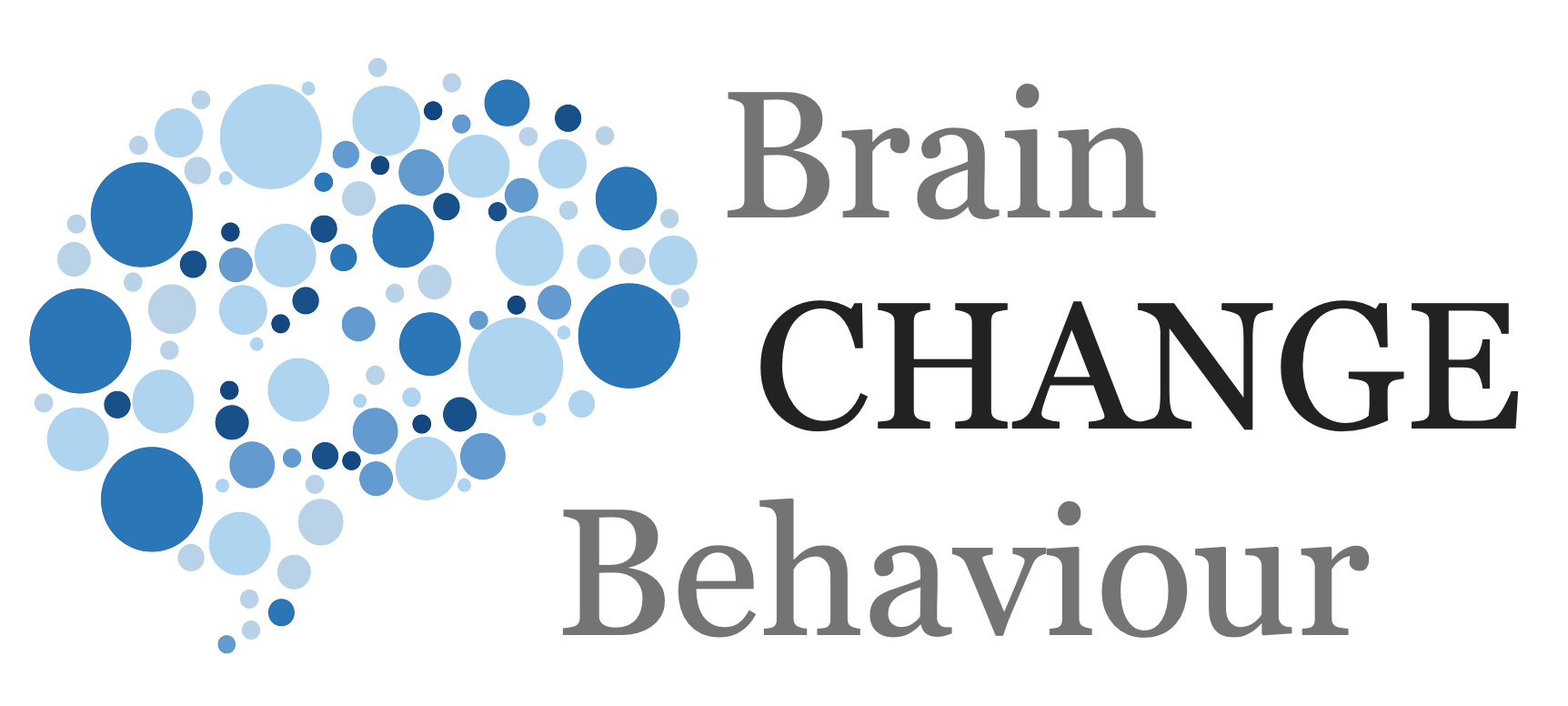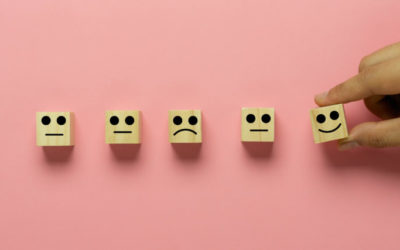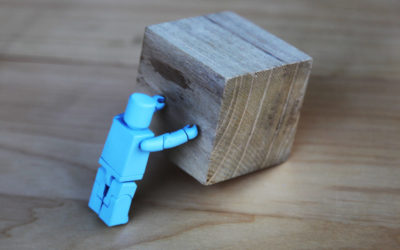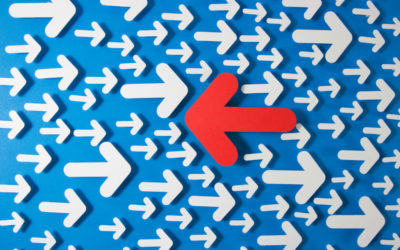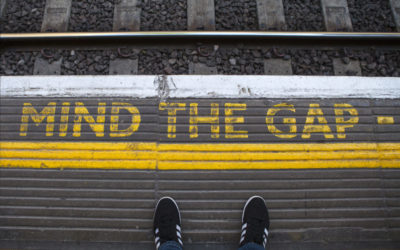Article
Change Models
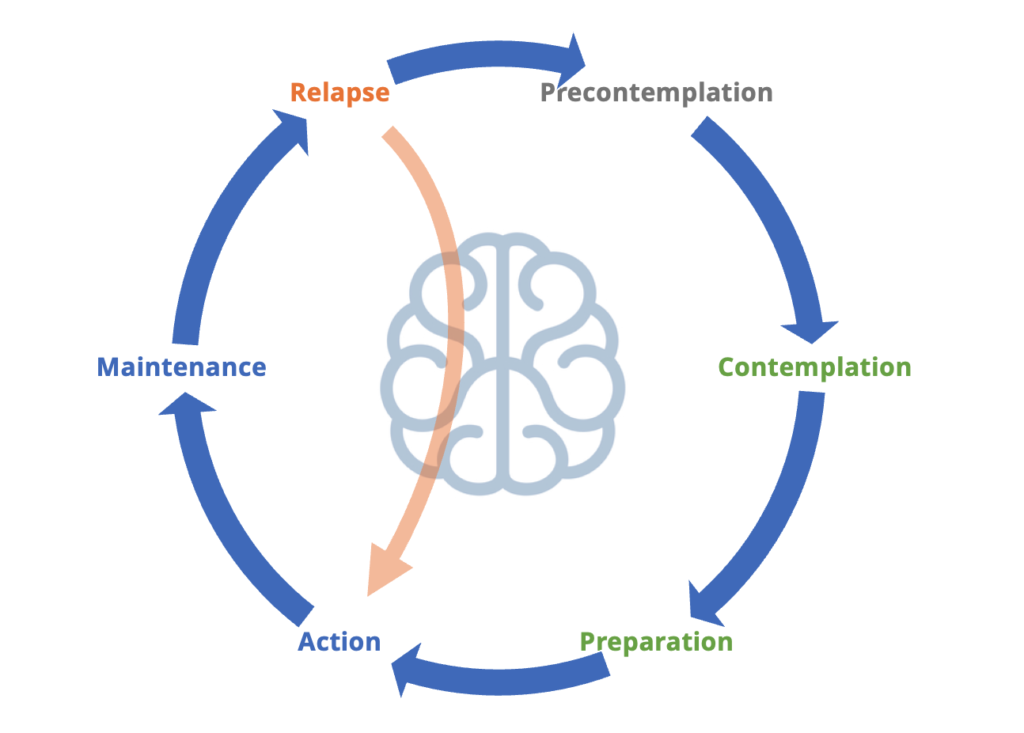
The 6 stages of change model is also known as the transtheoretical model and focuses on the steps of change. This has focused on changing individual’s behaviour to a new healthier behaviour.
These 6 steps are:
-
- Precontemplation – Pre-awareness. In this stage, people do not intend to take action in the foreseeable future (defined as within the next 6 months). People are often unaware that their behavior is problematic or produces negative consequences. People in this stage often underestimate the pros of changing behavior and place too much emphasis on the cons of changing behavior.
- Contemplation – Awareness. In this stage, people are intending to start the healthy behavior in the foreseeable future (defined as within the next 6 months). People recognize that their behavior may be problematic, and a more thoughtful and practical consideration of the pros and cons of changing the behavior takes place, with equal emphasis placed on both. Even with this recognition, people may still feel ambivalent toward changing their behavior.
- Preparation (Determination) – Decision and intention. In this stage, people are ready to take action within the next 30 days. People start to take small steps toward the behavior change, and they believe changing their behavior can lead to a healthier life.
- Action – Implementation. In this stage, people have recently changed their behavior (defined as within the last 6 months) and intend to keep moving forward with that behavior change. People may exhibit this by modifying their problem behavior or acquiring new healthy behaviors.
- Maintenance – In this stage, people have sustained their behavior change for a while (defined as more than 6 months) and intend to maintain the behavior change going forward. People in this stage work to prevent relapse to earlier stages.
- Relapse / Termination – Some version of the model put terminatoin i.e. the new behaviour is embedded and therefore the change process has finished. Arguably it stay in maintenance for a long period of time. Other version add “relapse” for when there is a relapse to old behaviours. this then leads bak to action phase.
This is guided by:
-
- Consciousness Raising – Increasing awareness about the healthy behavior.
- Dramatic Relief – Emotional arousal about the health behavior, whether positive or negative arousal.
- Self-Reevaluation – Self reappraisal to realize the healthy behavior is part of who they want to be.
- Environmental Reevaluation – Social reappraisal to realize how their unhealthy behavior affects others.
- Social Liberation – Environmental opportunities that exist to show society is supportive of the healthy behavior.
- Self-Liberation – Commitment to change behavior based on the belief that achievement of the healthy behavior is possible.
- Helping Relationships – Finding supportive relationships that encourage the desired change.
- Counter-Conditioning – Substituting healthy behaviors and thoughts for unhealthy behaviors and thoughts.
- Reinforcement Management – Rewarding the positive behavior and reducing the rewards that come from negative behavior.
- Stimulus Control – Re-engineering the environment to have reminders and cues that support and encourage the healthy behavior and remove those that encourage the unhealthy behavior.
Summary
The 6 stages of change give a guide through the temporal process of change, particularly for an indivudal. However, this can also be applied to institutions, initiatives, and corporations. It does not give clear guidance on the mechanism of change and when to use them. In contrast to other models this does not anaylse the drivers of behaviour such as attitudes, beliefs, and ability.
Simple Takeaways
-
- We can break change down into 6 stages
- This can guide thinking nad how to design interventions at each stage
© leading brains 2022
Reference
The transtheoretical model of health behavior change.
American Journal of Health Promotion, 12(1).
https://doi.org/10.4278/0890-1171-12.1.38
More Articles
Introduction to SCOAP
SCOAP is a complete model of human motivation, behaviour, and wellbeing, summarising over a century of research into the human brain, human psychology, and human behaviour in all contexts.
SCOAP Needs
These are basic human needs which means fulfilling them is essential for human wellbeing and therefore also that having them unfulfilled or violated lowers human wellbeing. These also direct human motivation and subsequently human behaviours.
SCOAP Motivation
Much has been written about motivation and there are many (false) assumptions to motivation also. So let’s start with a simple definition of motivation.
SCOAP Behaviour
Behaviour is about doing things, actions. That is obvious, but there are many grey zones to behaviour. For example do we class breathing as behaviour, or heartbeat, or sweating?
SCOAP Change
As you will have seen with SCOAP, this gives a comprehensive model of human needs, motivation, and behaviour. We can therefore use this to guide behavioural change interventions.
The Undermining Effect
Rewards sound like a good way to instigate behaviour you want. In our world we often think of financial rewards. Good idea, right?
Well, no, rewards can actually lower motivation.
Making Change Stick
The sustainability question, or problem, is ultimately the biggest and most important question or issue.
The Value-Action Gap
The value-action gap has multiple other names: attitude-behavior gap, intention-behavior gap, KAP-gap (knowledge-attitudes-practice gap) or belief-behavior gap.
It refers to the gap between what people often say they value and their subsequent actions or willingness to meaningfully contribute to this value.
Uncertainty Changes Behaviour (But Boiling Frogs Doesn’t)
Why do people make random and unpredictable decisions when uncertainty arises (such as buying toilet paper at the start of a pandemic)?
Deadlines Increase Procrastination
What! I’d get nothing done without deadlines!
Ditto, though I can be very productive, I have a natural tendency to procrastinate. In fact it is one of my natural talents!
